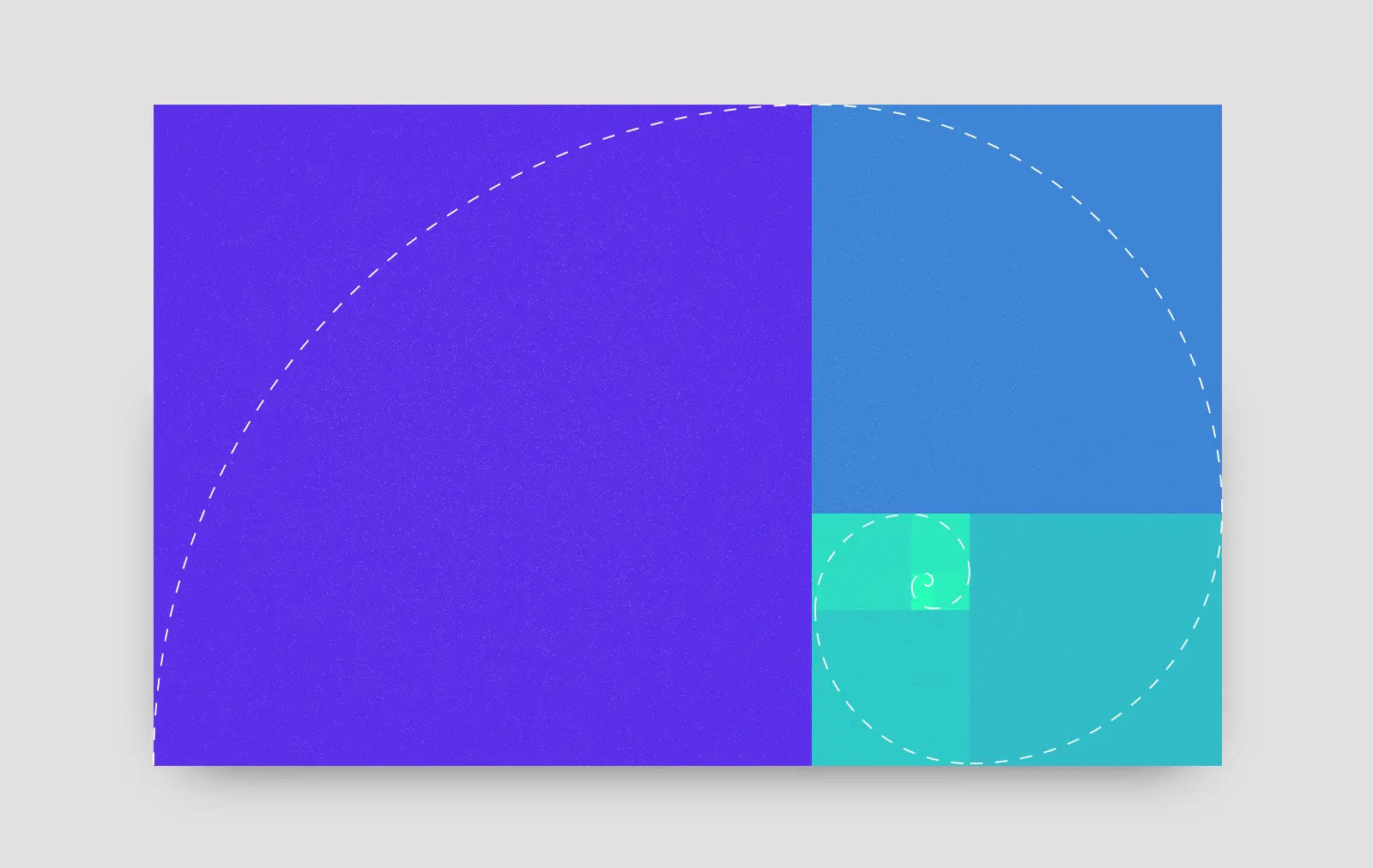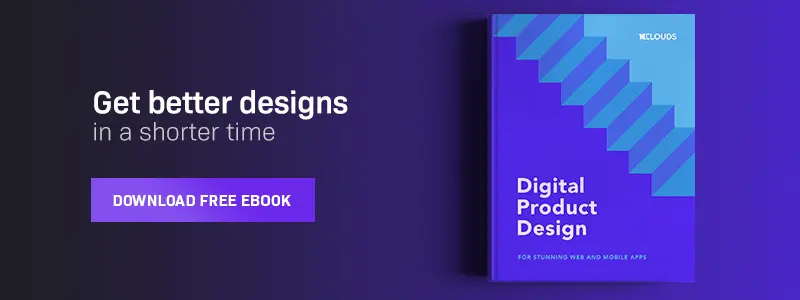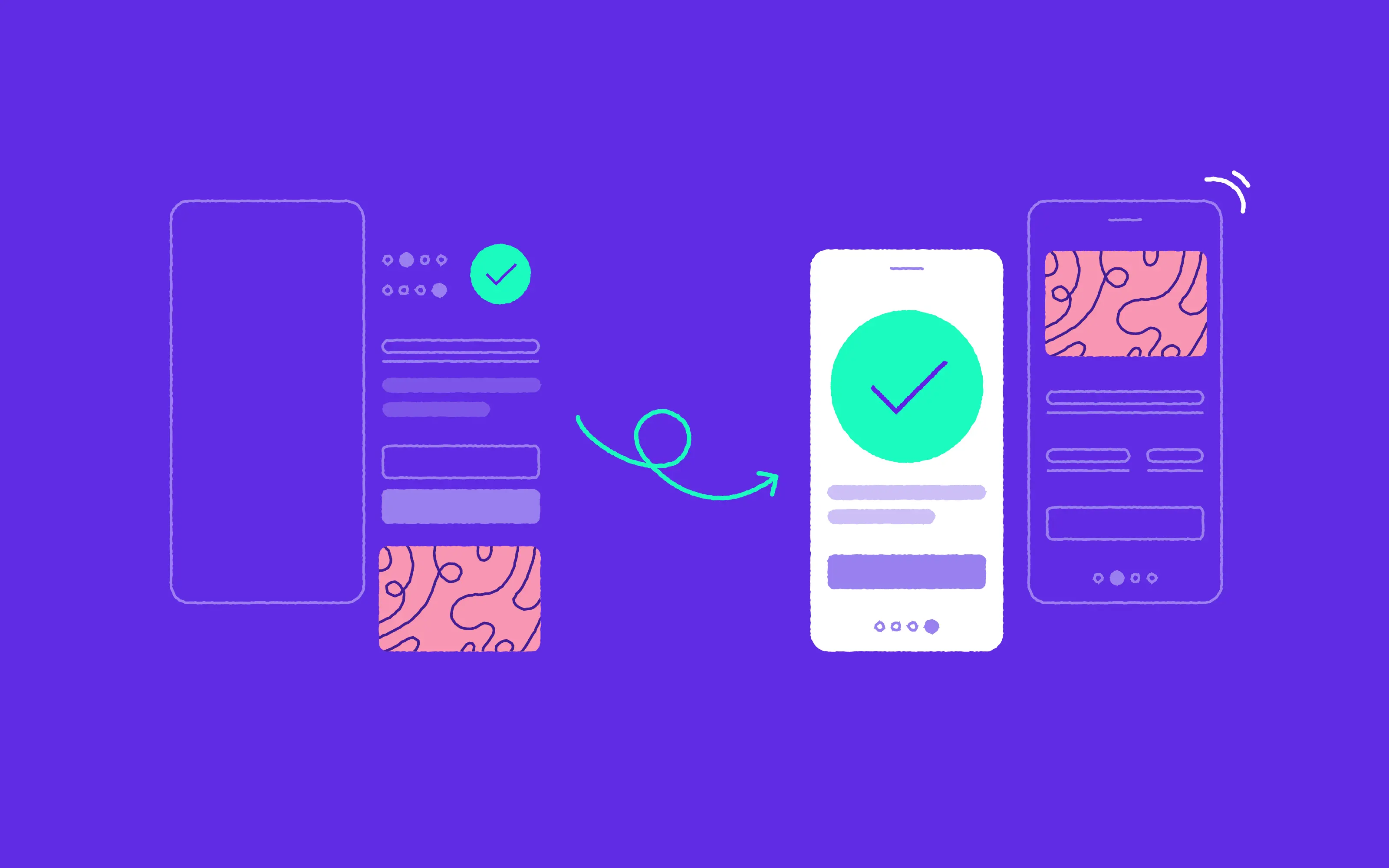
Help! Someone turned my thoughts into words and trapped them in a giant rectangle. You can only save me by reading this text! You can treat this part as a TL;DR of this blog post. Let’s try going beyond rectangles in product design.
This is pretty much what the Internet comes down to. Rectangles. Pretty-picture rectangles, content rectangles, padded rectangles that look like circles, moving rectangles with cats, video rectangles. Rectangles within rectangles within rectangles… Every web page is just a giant canvas and rectangles are the designer’s paint. At the same time, product design is so much more than rectangles. It’s striving for perfection. It’s the result of months of work and testing. It’s a custom-made, drawn and implemented solution that fulfils an actual market requirement.
On the other hand, the very same drive for perfection and beauty in modern product design makes it very hard to get complacent. There is always something beautiful that you can come up with. There is always an inspiration that you just haven’t found yet. And you can always think of something even better than what you designed just a couple of months back.
So, let me pose a question: what makes design go beyond rectangles?
Rectangles + Meaning = Design
The moment when an actual user interacts with a rectangle is the primary method of quality assurance in design. Users act like furious bulls in china shops. They paint server logs red and use applications in the wildest ways imaginable. They are the ultimate test of how rectangles will hold up in a business environment.
The tools that we use – Protopersonas and Personas – are essentially rectangles of User Experience. They are empty shells that try to mimic actual people. Don’t get me wrong: they are great tools in transitioning to development and awesome slides for .ppt pitch decks. The problem is that Personas make it very easy to misunderstand for whom you are actually designing the rectangles. You can’t design users. They won’t be a bunch of grinning faces in stock photos with vague details about someone else’s life. They will be actual human beings that want their experience to be delightful.
Users have goals in mind and websites and applications are just tools that help achieve them.
Users easily differentiate between great (meaningful) and lacklustre experiences. The data on how rectangles are performing in the wild should be the highest priority. It’s funny that gathering relevant information (both qualitative and quantitative) is quite hard even for existing businesses. If your business doesn’t do it, you should definitely start collecting data now. It will allow you to understand who your users actually are.
The long-term success of an application shouldn’t be measured by scroll ratios and cursor heat maps. User feedback and behavior is what makes and breaks your app – it facilitates the transition from rectangles into meaningful experiences and helps users convert. While your app may achieve the highest conversion ratio and lowest churn, there are always fairly personal things that users enjoy. You might increase your app’s rating by conducting IDIs, sending out surveys and setting up calls. You might learn a thing or two about people who are using your products. Users have goals in mind and websites and applications are just tools that help achieve them. If your service doesn’t allow them to do that, they will switch to another that will work best for them. Mobile stores and Google are filled with competition to any existing application.

Designing and optimizing rectangles to achieve meaning take even more time than application development itself. It’s not really about a roadmap or versioning (Your_App 2.0, 3.0, 4.0). What it mostly comes down to is changing your website’s claim. Adding a new landing page for a market vertical. Adding a cute little banner to your Facebook page. Making someone smile by sending a personalized message wishing him a wonderful day.
This also requires a combined effort of Design, Development, Sales, Marketing, and every other department imaginable. But it’s something that goes miles above boxes and should definitely be the ultimate goal of every web-based company.
√Rectangles
A rectangle in design is a mix of a designer’s and a developer’s work. If it’s not implemented, it has absolutely no value. There are plenty of great rectangle designs that don’t make the cut. There are plenty of lacklustre rectangle designs that get put on the web. And that’s fine.
How come?
A great singular rectangle consists of many small factors. It looks decent enough, has decent enough copywriting, works decent enough in the flow of the website and was implemented decently enough…

After you sum up all these factors, you can call it Good Enough. Nothing is ever perfect in rectangle development. Tastes are subjective, monitors and smartphones have poor contrast.
Moving further, a set of good enough rectangles breaks into steps. Rectangle steps create a User Journey. They are a derivative of business goals, design and development work. They help sales teams sell. They increase retention and decrease churn. They allow the user to become a loyal customer while s/he travels from point A to B without any major hiccups. And this helps your business convert a visitor into a lead.
The synergy between the product development team is what pushes users forward. And, in turn, it allows design to transcend rectangles.
Short lifespan of rectangles
There aren’t any timeless masterpieces of rectangle design. There aren’t any job openings for teary-eyed museum guides that would describe masterworks of padding.
There aren’t any timeless masterpieces of rectangle design.
People tend to assume that a website made of rectangles is there to stay, but trends and user expectations change. As an exercise, go through award-winning websites from three years back. Some of them stay up on some forgotten server to be a reminder of the past. Old Flat Design pages that perform poorly on mobile just don’t appeal to users anymore. They are all equally empty and dead.
Every rectangle, sooner or later, will require a bit of a touch-up. It might be a small change to correct a typo or a result of an A/B test that will push users further down your website’s funnel. There’s always something you can do that will make your users more engaged and your business perform better. And that’s fine.

Rectangle design is in constant motion. Every website or application gets a redesign or a rebranding sooner or later. There are parts of applications that get cut and new features that are added. Trends also evolve, requiring you to add an extra animation or a brand new video. It’s impossible to stop the evolution of product design.
In this case, what makes the rectangle go beyond the box is how you approach it. It might age gracefully on its own, or it might get old pretty soon. But it’s not necessary to spend days polishing it. You, or someone else, will revisit it multiple times in the future. And you might need to axe that feature.
Going beyond rectangles in product design
Well, I could try to pen a general tip that allows you to always go beyond rectangles. It should be quite short: brush your teeth or wear sunscreen. Fortunately, it’s way more complicated than that. And that’s what makes our job so great.
But if I could name three things that will work great for everyone, they would go along the lines of:
Empathise
What makes design great is that we actually have people come in direct contact with our work on a daily basis. We are artists with an actual audience. We are lucky enough to have tools allowing us to see how people interact with the product of our work, we can call our users and talk to them about their general feelings regarding the service. We can easily find out what helped us sell or what we should do better to engage users in the future.
You can use all this knowledge to design something that people actually want. And make them delighted every time they interact with your work.
Experiment
In every project, you have countless tasks to be closed and an infinite number of ways you can draw your rectangles. You can always try to create something new that has never been done before and then start from scratch and design something even better. There is no point in trying to fit in with countless websites that look the same. There is always an open invitation to try something fresh. And you can most definitely take it.
Optimise
It’s a lot easier to work with something that has already been finished. You can replace a rectangle with another one and see how it fares in an A/B test. Since we do not send rockets into space, we can continuously work on improvements that will not only be helpful to our users but help meet the sales goals of our companies. And when you combine these two things, you can find more time to optimise your rectangles even further 🙂
People love getting delighted. And boy, do they come back to see things they enjoy. You can boost your retention through the roof by addressing things they care about. Adding new features that will help them live their everyday life. Or making their painpoints tinier.
All in all, Product Design isn’t about rectangles. It’s about making people happy. As long as you are doing your job right, your users will be happy whenever they use your service. Your Stakeholders will smile at .xls files. Your team will smile at user feedback and reviews. And a smile goes a long way in IT.




